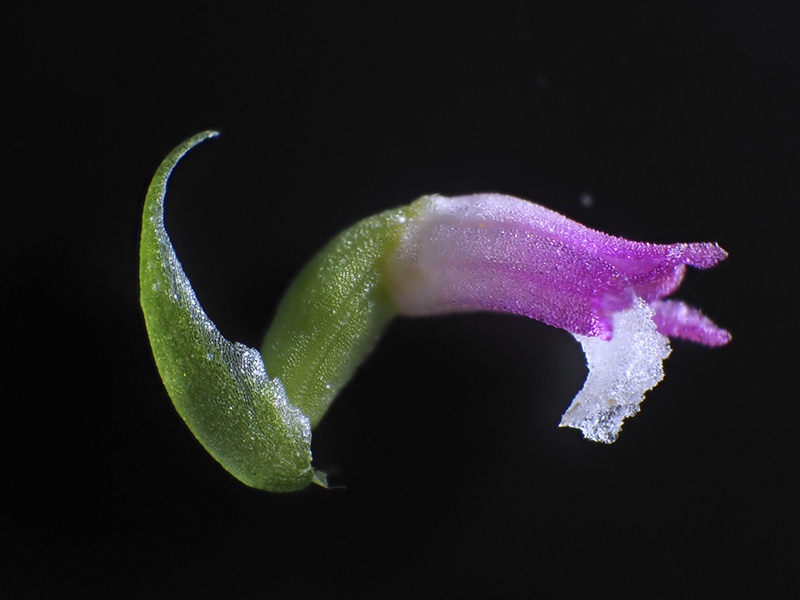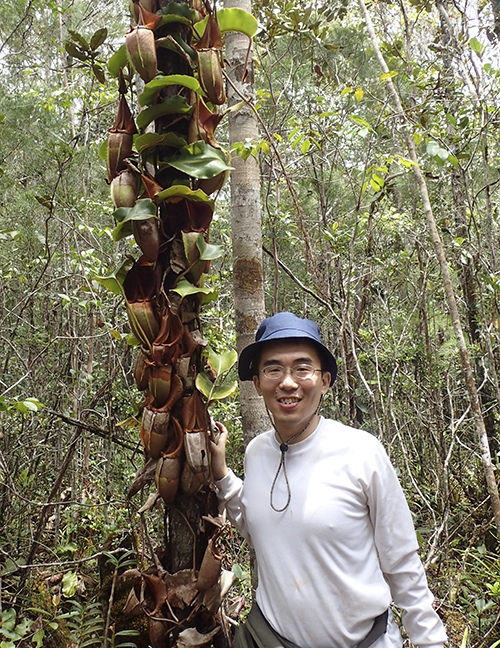
Unveiling Japan's Hidden Flora: Dr. Kenji Suetsugu's Botanical Discoveries
In a world where the discovery of new plant species is becoming increasingly rare, the recent unveiling of a new species and genus of fairy lantern in Japan marks a monumental stride in botanical science. Known for their delicate, translucent appearance and unique dependence on fungi rather than photosynthesis for nourishment, fairy lanterns—or Thismiaceae—stand out as botanical curiosities. This latest discovery, named Relictithismia kimotsukiensis, not only highlights a new species but also introduces a new genus, an event not seen in Japan for nearly a century.
Located in the botanical hotspot of Japan, renowned for its detailed and extensive flora research, the finding underscores the unending mysteries hidden within even the most well-studied environments. Professor Suetsugu Kenji, a leading figure in the study of non-photosynthetic plants at Kobe University, spearheaded the research. His work, in collaboration with both amateur and professional botanists, illustrates the crucial role of persistent exploration and interdisciplinary research in uncovering nature’s secrets.
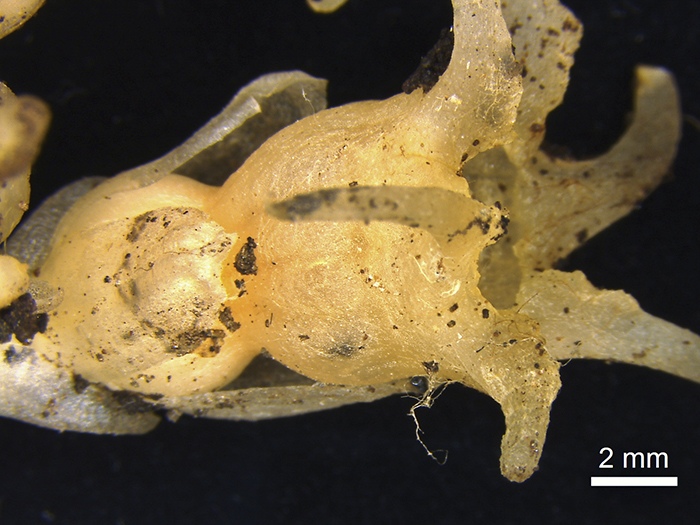
Deepening Understanding of Evolution and Ecology
The discovery of Relictithismia kimotsukiensis extends beyond adding a species to the botanical lexicon; it profoundly challenges our understanding of plant evolution and survival strategies. These plants provide insight into the ecological dynamics of forest floors, often hidden beneath fallen leaves and the shadowy understory, thus illuminating a realm where few venture.
Dr. Suetsugu’s fascination with non-photosynthetic plants began with a broad interest in plant biology and ecology. He explains, “The peculiar lifestyle of these plants, which diverge from the norm by not engaging in photosynthesis and instead forming symbiotic relationships with fungi, presents a rich field of study that challenges and expands our understanding of plant evolution.”
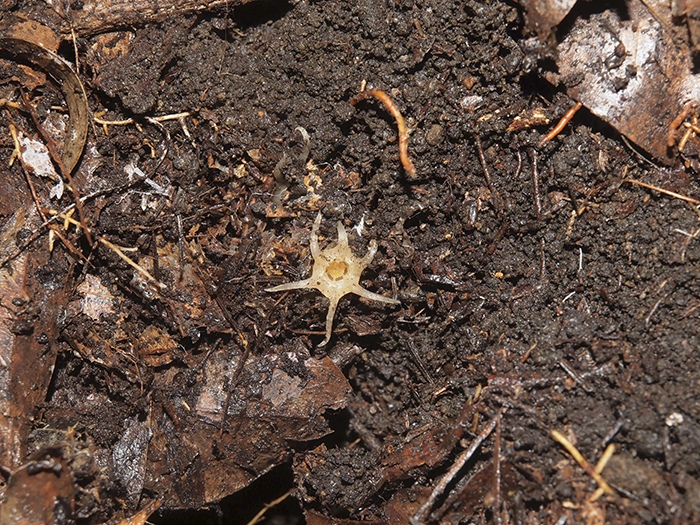
Realization of a New Genus
The moment of discovering a new genus came when Dr. Suetsugu observed unique morphological characteristics in Relictithismia, distinct from any other known genera within the Thismiaceae family. “The structure where the anther touches the stigma and its habit of blooming underground were unlike anything we had previously encountered,” he notes. Molecular phylogenetic analyses further confirmed its distinctiveness, marking a significant moment in botany both in Japan and globally.
Conservation and Future Research
Given the rarity of Relictithismia kimotsukiensis, implementing conservation measures is critical. Protecting its natural habitat and understanding its ecological requirements are paramount. Dr. Suetsugu stresses the importance of education and public awareness to support conservation efforts.
The discovery also opens new avenues for research into plant-fungal interactions and the evolutionary adaptations of mycoheterotrophic plants. This adds a significant layer to our understanding of biodiversity and the complex interdependencies within ecosystems.
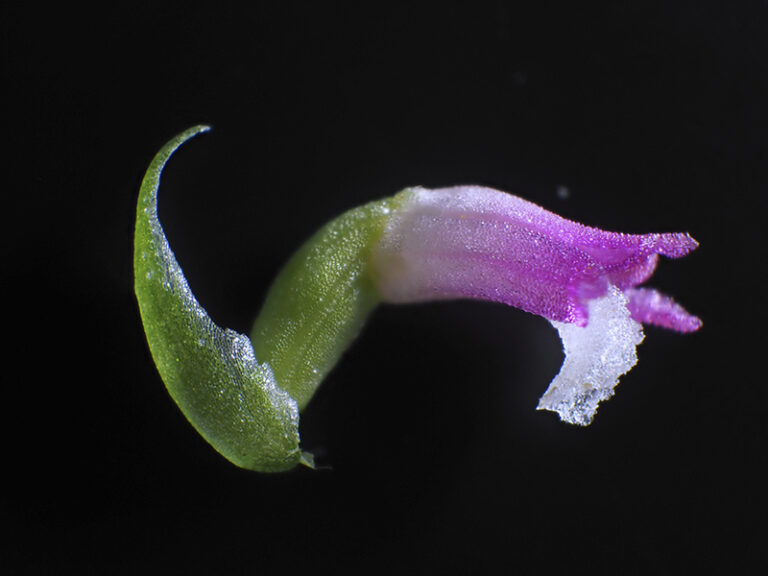
Urban Botanical Discoveries: A New Frontier
A year prior, Dr. Suetsugu first discovered the Spiranthes hachijoensis within city parks, an unexpected find amidst the urban landscape. This discovery illuminates the need to extend botanical research beyond the conventional rural and untouched landscapes. Urban environments, despite their challenges related to human activity and fragmentation of habitats, present unique opportunities for uncovering species that have either adapted to or remained concealed within these altered settings. This revelation challenges the prevailing belief that significant botanical findings are confined to remote or pristine conditions and underscores the remarkable resilience and adaptability of some plant species.
To further delve into these modified landscapes, a collaborative approach involving urban planners, local communities, and gardening enthusiasts is essential. Such partnerships can cultivate a collective interest in the botanical diversity of urban spaces and encourage further exploration and appreciation.
The presence of Spiranthes hachijoensis in everyday locations suggests that local biodiversity surveys need reevaluation, highlighting the possibility of discovering new species right under our noses in human-modified environments. Enhancing public awareness and engagement with local flora can be achieved through educational initiatives, community-driven science projects, and active media involvement. Such programs invite the public to participate in documenting and monitoring local biodiversity, fostering a deeper bond with nature and emphasizing the importance of conservation.
The identification of a new species often relies on the detection of subtle morphological traits, such as the hairless stem of Spiranthes hachijoensis. Variations in flower color, leaf shape, or reproductive tactics are additional clues that can indicate a new species, stressing the importance of thorough field observations, comparative morphology studies, and genetic analysis.
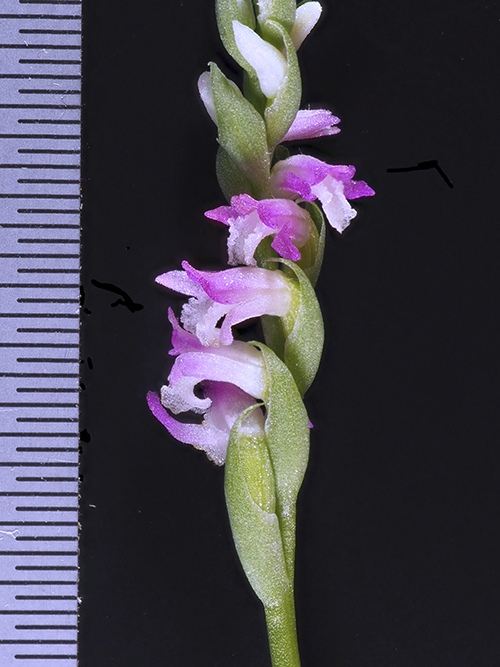
Cultural and Scientific Significance
The cultural significance of orchids in Japan, as evidenced by their mention in the ancient Manyoshu texts, reflects a longstanding reverence for these plants. Discoveries like Spiranthes hachijoensis not only advance scientific knowledge but also enrich cultural narratives, reminding us of the intricate beauty and complexity of the natural world around us. These findings can ignite a renewed admiration for native flora and the stories they embody.
The Path Forward
Looking forward, the future of botanical exploration in Japan is promising despite its extensive history of botanical study. The discovery of Spiranthes hachijoensis highlights the vital importance of re-examining familiar landscapes and paying close attention to the details within them. Amateur naturalists and local botanists are invaluable to these efforts, as their observations and local insights can lead to remarkable findings. Collaborative endeavors between professional scientists and the broader community are crucial for advancing the discovery and conservation of Japan’s rich botanical diversity, safeguarding its natural heritage for generations to come.
Dr. Suetsugu’s work not only unveils new species but also fosters a greater appreciation for the biodiversity around us, inspiring ongoing exploration and conservation efforts. His discoveries remind us of the intricate connections within nature and the continuous need for their study and preservation.
